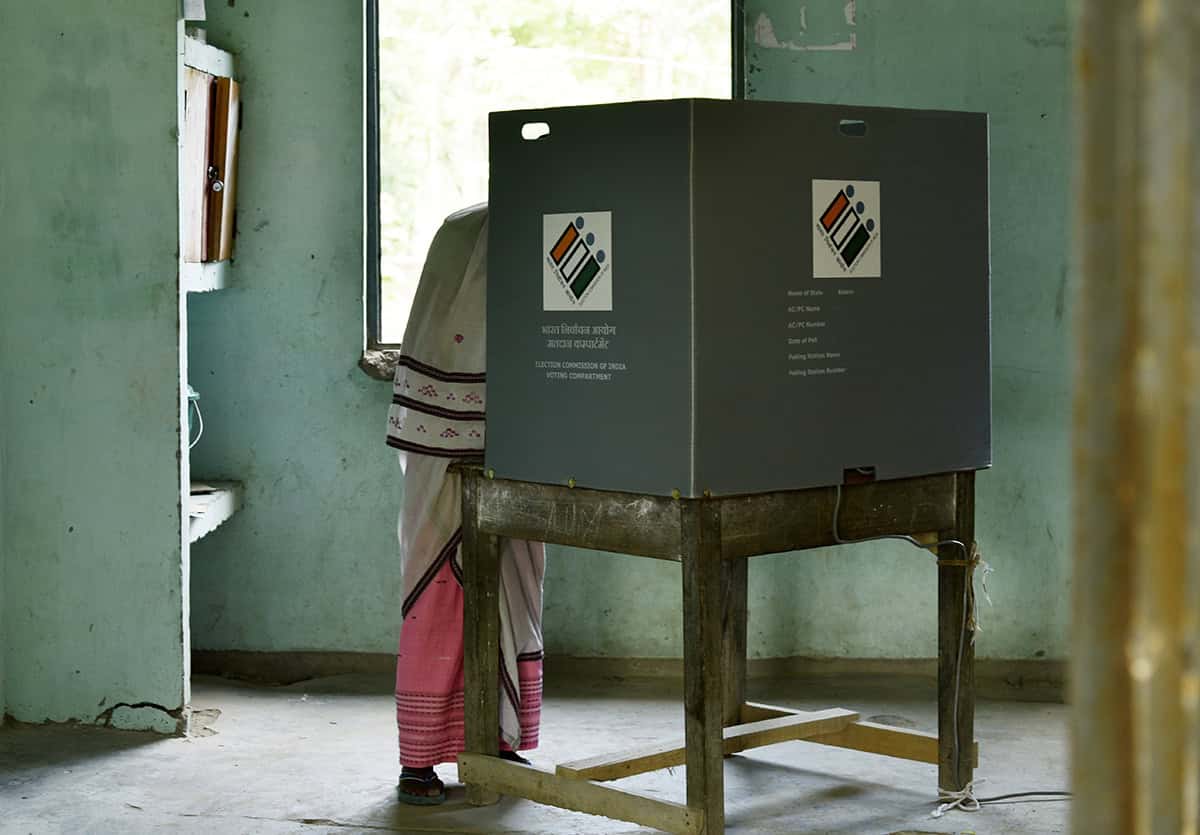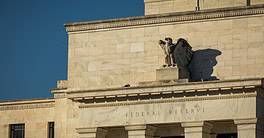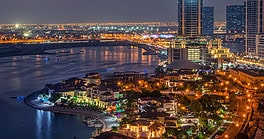The biggest national election in global history kicked off on April 19, but the final results will not be announced until June 4th.
With a population of approximately 1.4 billion and a landmass stretching some 3,000 kilometers from west to east and from north to south, India’s elections represent a colossal logistical challenge. Since they cannot take place on a single day, voting is split into seven phases across the country’s 28 states and eight union territories, or almost six weeks in total. With nearly 970 million registered voters, including 18 million youth eligible for the first time, the world’s biggest democracy is already set to beat its own record, set in 2019, when 615 million people cast a ballot out of 900 million registered voters, equivalent to a turnout of nearly 67%.
The Indian Election Commission regularly vows to guarantee that every citizen can vote. To that end, this year’s effort will deploy 15 million poll workers staffing more than one million polling stations across the country. And since it is mandated that a polling place be accessible within a radius of two kilometers from every home, ballot papers will be transported on foot and by road, train, boat and helicopter—or, depending on the geography and the nature of the terrain, using camels, elephants, donkeys and yaks.
In 2019, government employees in the Andaman and Nicobar Islands navigated swamps populated by crocodiles, traveled by sea for three hours, then trekked through a jungle to finally reach the village of Hanspuri, where 260 residents cast their ballots. The same year, a polling booth was set up at an altitude of 4,650 meters in the heart of the Himalayas for just one person. Much like 2019, however, the result of this election seems to be a foregone conclusion. Facing a weak and litigious alliance of opposition parties led by the Indian National Congress, Hindu nationalist Prime Minister Narendra Modi and his Bharatiya Janata Party are widely expected to win a third consecutive term. The only question, most analysts and pollsters agree, is by how much.




